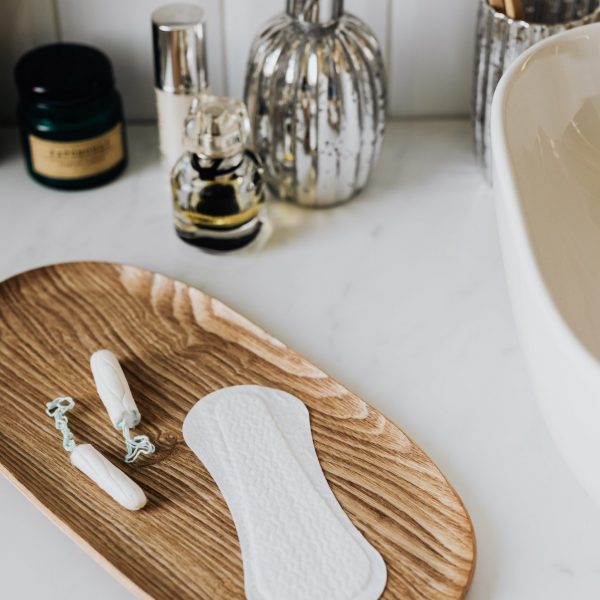Your first period is a rite of passage, and one which many young girls eagerly anticipate; viewing it as their entrance into womanhood and something worthy of celebration, if not a fair amount of embarrassment along the way as well. Once the initial rush of excitement fades, however, you are still left with this not-so-friendly visitor to accommodate month after month. How we deal with that visitor often has to do with the feminine protection products we were first introduced to in our teenage years, and for many women – that means tampons. Sometimes even the same brand you used back when you were a kid.
What if there was a better option though? An all-around healthier and more environmentally friendly alternative to the tampons you are tossing with each and every cycle? What if there was a more natural way to deal with your monthly visitor, without any of the hassles that often accompany tampon usage? What if I told you there is?
Menstrual Cups
They come in a variety of different brands – Diva Cups, Moon Cups, Soft Cups – but the concept is almost always the same. These are small, flexible cups that are placed up towards the cervix in order to capture your menstrual fluid rather than absorbing it like tampons. You then empty that menstrual fluid at regular intervals, rinse the cup, and reuse it as often as necessary.
The Environmental Impact
Think about how many tampons or pads you use and throw away during any given month. Now imagine those products piling up at a dump site somewhere, only not just your personal waste, but the used feminine hygiene products of every other woman of child bearing age as well. It could add up awfully quickly, right? The beauty of menstrual cups is that they don’t add to that accumulation. These are reusable products that can last for up to 10 years with proper use, which is better for the environment and your wallet in the long run as well.
Menstrual Cups are Convenient!
Unlike tampons, which need to be replaced every few hours, menstrual cups can be left in for up to 12 hours without being dumped out and cleaned. That is 12 hours of secure protection when you shouldn’t have to worry about leaks or having to deal with your period while out in public. Cups are also comfortable for use during athletic activity, and provide just as much protection while swimming as they do while hanging out on the beach.
Your Health
We all know that one of the big risks with tampon use is Toxic Shock Syndrome (TSS). While this is a rare condition, it has the potential to be deadly. That same risk of TSS does not exist at all with menstrual cups though, which is just one of the many health reasons to consider making the switch.
Tampons – A Chemical Cocktail?
Another important factor to consider is the components which make up tampons, and the chemicals involved in the process. While menstrual cups are typically made out of medical grade silicone or rubber, to prevent possible irritation, tampons are composed of synthetic fibers which have been bleached and processed prior to construction. The FDA reports low or undetectable traces of dioxins in most tampons, but that doesn’t mean the unnatural composition of tampons should automatically be considered safe for inside your body. Particularly if you have a more advanced case of endometriosis, which has been associated with even low dioxin exposure, or if you are attempting to conceive; limiting the use of products which could introduce these chemicals to your reproductive region is advisable.
Speaking of endometriosis, there are some theories that tampons may be the root cause of spreading in select cases, with the absorbent cotton backing up menstrual flow into the pelvic region and promoting the attachment of endometrial tissue outside the uterus. As with most theories surrounding the potential causes of endometriosis, there is no scientific evidence backing this theory up one way or another, but it is one more reason for women with endometriosis (or any potential fertility concerns) to start considering the switch to menstrual cups instead.
- The ins and outs of menstrual cups – How do they differ from tampons and pads? (n.d.). Retrieved from http://goaskalice.columbia.edu/answered-questions/ins-and-outs-menstrual-cups-%E2%80%93-how-do-they-differ-tampons-and-pads
- Menstrual cup: Good alternative to tampons? (n.d.). Retrieved from http://www.mayoclinic.org/healthy-lifestyle/womens-health/expert-answers/menstrual-cup/faq-20058249
- Winder, K. (n.d.). Menstrual Cup – 9 Reasons Why It’s Better Than Tampons. Retrieved from https://www.bellybelly.com.au/health-lifestyle/menstrual-cup/#.UqgFXfRDvqs





